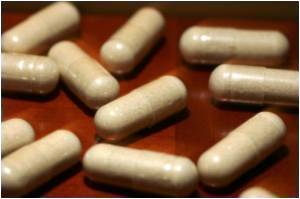Drug resistance partly caused by misuse of antibiotics is killing hundreds of thousands of people a year and urgent action is needed on the issue, warns the World Health Organization.

Health experts noted that few countries across the world had plans to deal with the problem, which was increasing amid increased consumption of antibiotics.
"In the vast majority of the countries -- there are no plans, no budgets, there are no accountability lines for this extremely serious problem," said Mario Raviglione, who heads the WHO's campaign against tuberculosis.
"Surveillance systems are weak, they are absent in many places," he noted, adding that the quality of antibiotics is questionable in some of these countries.
"Suboptimal doses are actually those that steer the mechanism to develop drug resistance. The use of antibiotics is often inappropriate, we call it irrational. It facilitates the creation of drug resistance."
In addition, the use of antibiotics in livestock production -- to promote growth and prevent diseases as well as to treat sick animals -- also contributes to increased drug resistance.
Advertisement
As microbes will always seek to become resistant to drugs, "the problem is never going to go away," noted Fukuda.
Advertisement
The UN health agency is highlighting the problem on the occasion of this year's World Health Day.
It wants governments, but also civil society and the pharmaceutical industry to come up with strategies to deal with drug resistance.
Raviglione acknowledged that incentives would be necessary to get profit-driven drug-makers to invest in solutions.
"If you try to estimate how much the industry today invests in antibiotic resistance, the statistics are not available but the best estimate is five percent because it's not considered the real market. Can they do more? Yes.
"But the only way is to really study incentives that will place the industry in a much more comfortable position to continue the development of antibiotics."
Source-AFP









